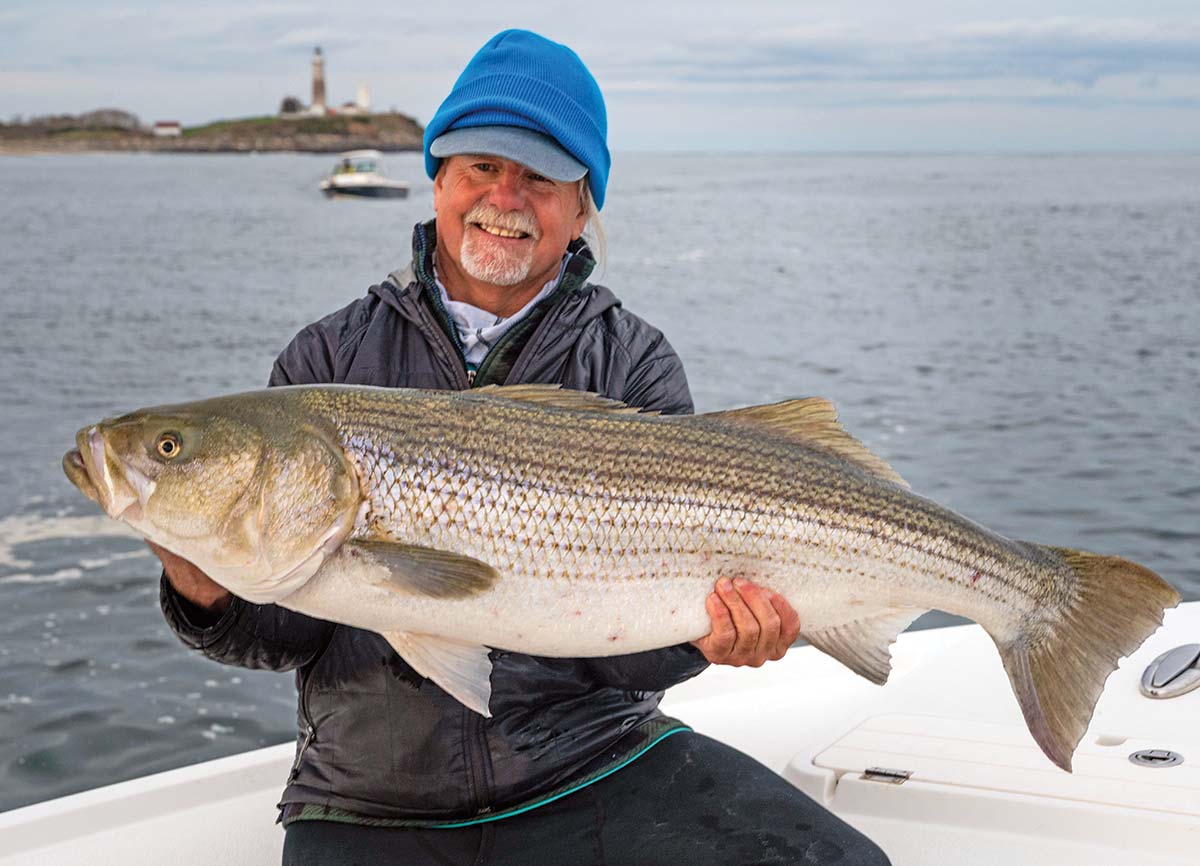
Put some time in and you’ll reap the rewards.
Nothing makes you a better fly fisherman than becoming an improved fly caster. All you have to do is get out there and do it. Here are some ways to start.
Nothing will make you a better fly fisherman than becoming an improved fly caster, and the secret to this is practicing, practicing your fly casting. That’s not much of a secret now, is it? As with other skills, doing it makes you do it. Practice and you will improve. You know something? Almost all fly anglers don’t practice. Don’t be like the rest. Put some time in and you’ll reap the rewards, feel the satisfaction, and well, catch more fish too.
Another secret is that you don’t have to put in much time. Half an hour, twice a week may work wonders. That’s not much time, is it? Doing that three or four times a week will give you even better results. Want a schedule for becoming a great caster? Put in one hour four days a week. Compared to becoming a competent musician this is nothing. An aspiring concert pianist practices eight hours a day seven days a week. A student of a brass instrument practices two to four or more hours daily. You’re getting away easy with this routine. And here’s another well-kept secret. Practicing your fly casting is fun, especially when you start to see the improvements.
I hear your next question. What do you practice? Here are some guidelines.
For The New Fly Fisher
The cast consists of two continuous accelerating movements, one happening right after the other, the loading (rod bending) stage and the unloading stage (where the rod unbends).
When you extend your hand to load the rod make sure it’s a straight extension moving parallel to the ground or water.
At the end of the loading stage use a very short, quick wrist arc, or just stop the rod succinctly and smoothly for the unload. The line will just jump off the rod tip.
Make sure your acceleration is smooth, and your stop sudden and smooth as well.
On the backcast be sure that your line is straight before you come forward and when false casting that the line is straight in front of you before you start going backwards again.
Lead with the reel, that is, have your rod angling back (rest of rod positioned behind reel) when you come forward. And do the same on the backcast.
Create a competent “tight loop” where the fly line appears as (creates) a “tight” sideways U shape as it extends off the rod tip on the cast. Straight movement of hand (parallel to ground or water) plus a short wrist arc at end of casting stroke assures this.
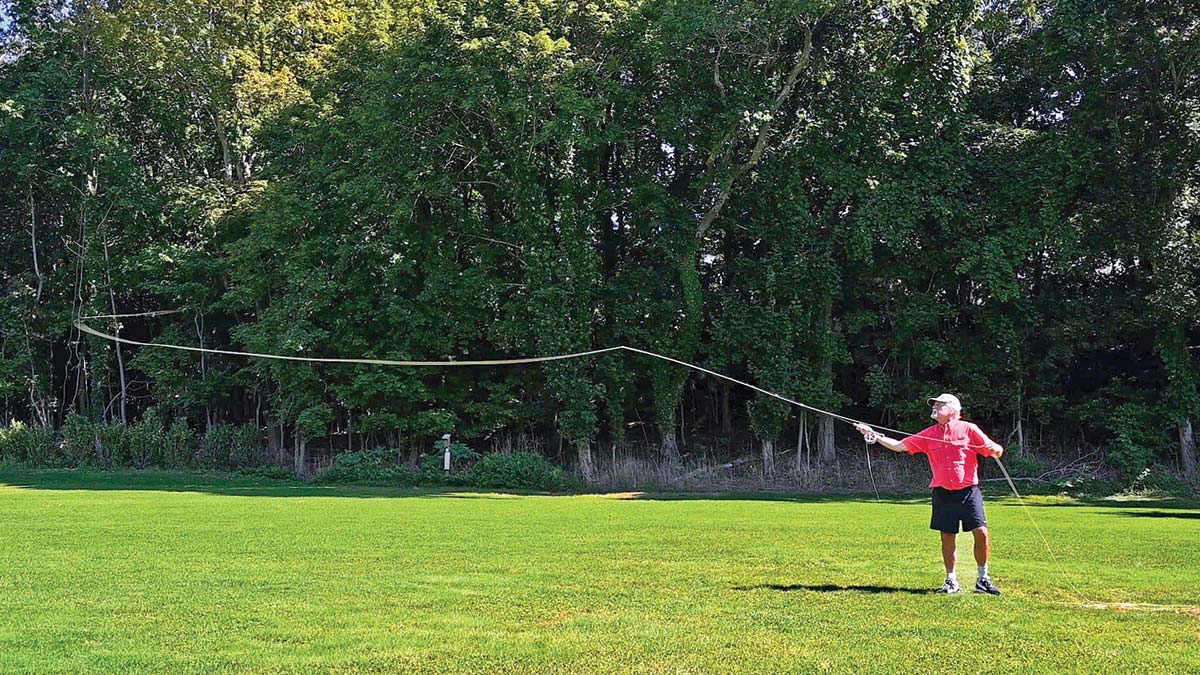
For The Novice
Extend a little farther to load for a longer cast.
Shoot line consistently.
False cast a good amount of line smoothly and with control.
Make presentations with fewer false casts.
Learn and practice double haul—don’t make hauls too long—shorter are better.
Get a good, consistent tight loop. A short arc of the rod tip rod right before it stops gives you this. It’s a result of that short wrist arc.
Practice accuracy for those situations where you have to place a cast precisely. Using a hula-hoop can act at the perfect target on a lawn.
Make sure your wrist arc is very short and succinct at the end of the stroke.
Do everything smoothly, and then work on making it smoother.
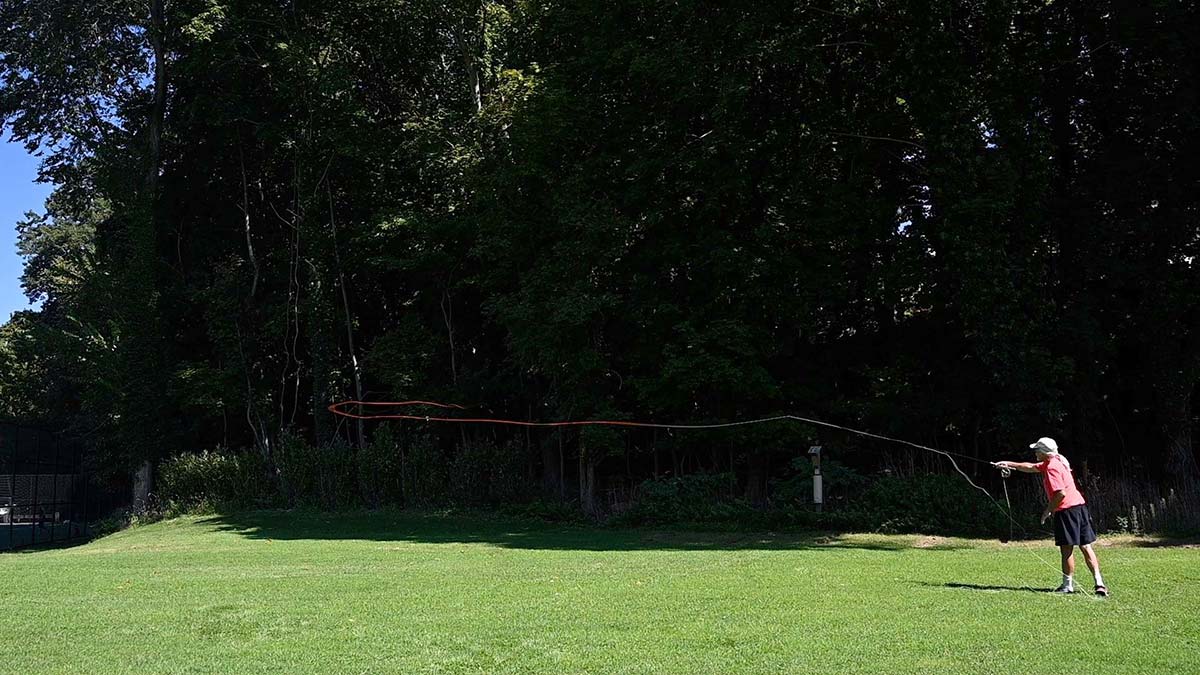
The Advanced Caster
Shoot more line. Do it with fewer false casts.
Practice casting into the wind—be sure to stay within your fundamental technique when doing so. Do not “overdo” any aspect of the cast.
“Drift” on the final backcast—for more ease and power.
Use your body (integrate body) in cast.
Practice your backcast—make it controlled, long, and with a tight loop.
Practice presenting fly on backcast—this is very useful a presentation.
For accuracy—present to “spontaneous” targets. Spontaneously pick out a “target”, a rock, candy wrapper, stick, piece of grass, dirt spot, etc. in the area you’re practicing, and put your fly (or end of leader) on it.
Have power on long casts, delicacy on short ones, and be smooth, smooth, smooth!
Work on your weaknesses more than your strengths.
As an advanced caster practice what you need to practice.
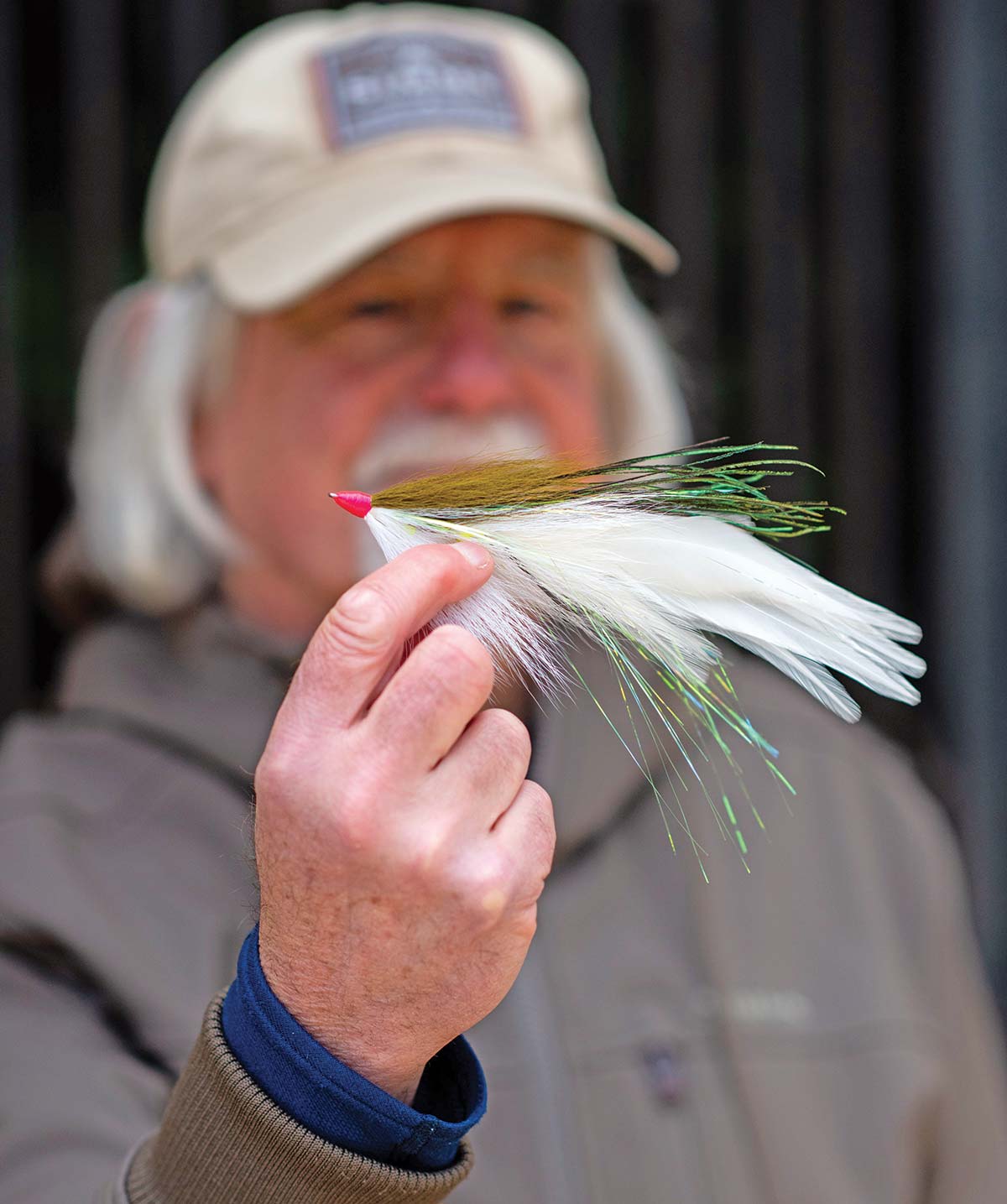
Where To Practice?
Practice anywhere you have enough room to—a backyard, school or municipal field, church yard, gym, park, strip of grass, or on water—fresh or salt. Casting on smooth grass, artificial turf, or on water will keep your fly line from tearing up.
Practice with the tackle you will be fishing with. Make sure you have a leader or some mono at the end of your fly line. You don’t need a “fly” on the end of the tippet to be effective. Just the leader or mono alone is fine.
Some anglers prefer to use a “practice line”, saving their “good” line for fishing. You make the choice depending on what you have at your disposal.
Practice does make perfect, and like I previously mentioned, it’s fun! Oh yeah…one more kind of important thing. You’ll end up catching more and bigger fish as a result of all this practice too.
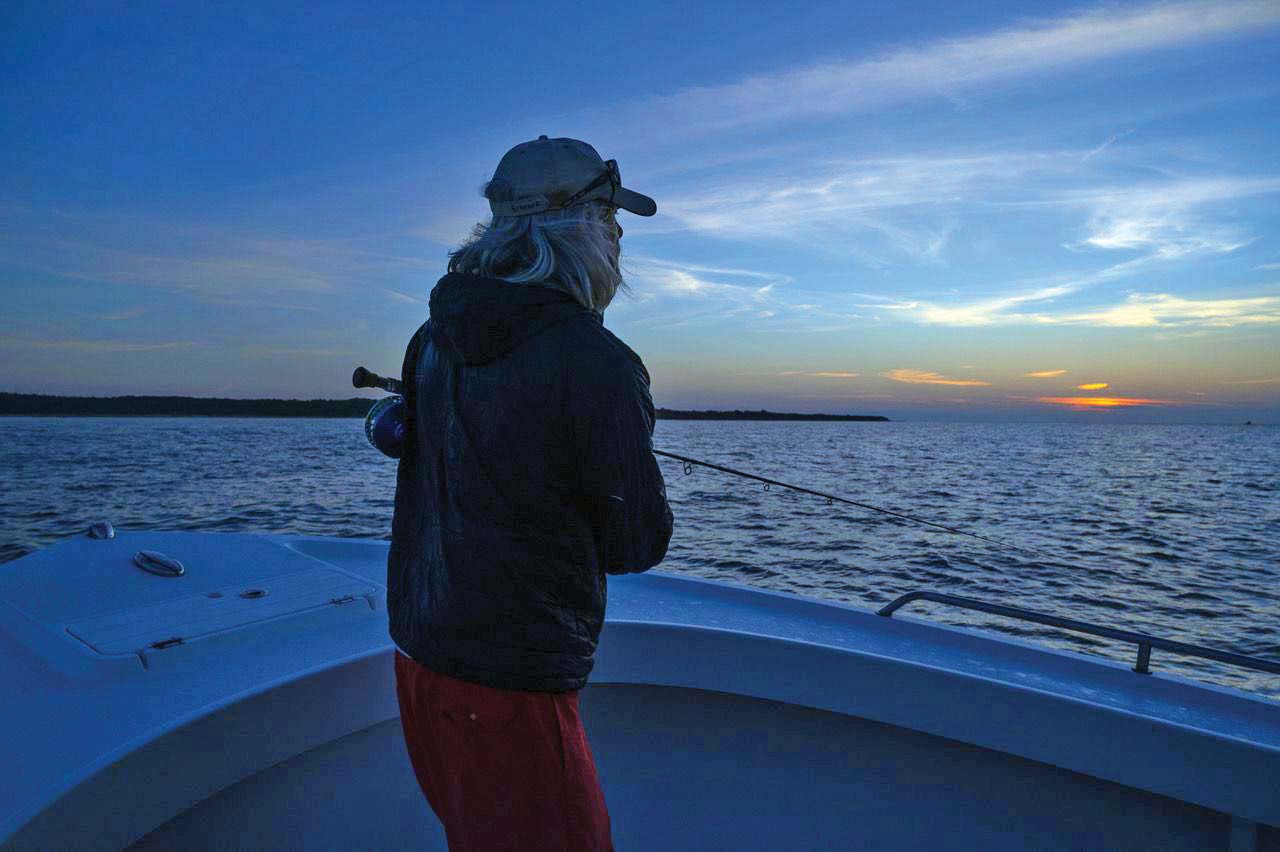
Use Your Resources
Practicing is the most important thing you could do for your fly casting. Nothing beats it. After you learn your casting fundamentals you just go right into doing it. It reinforces neurologically, physically, and psychically what you’ve learned, and has you build up correct muscle memory for the endeavor.
Put in the time needed, which is essentially little, and you’ll reap the rewards tenfold.
Information on casting technique is available in so many places now, like on the net, YouTube, magazines, books, other videos, clinics, classes, for the asking when you’re out fishing, at fly and tackle shops, at fly fishing and fishing shows, and with private instructors.
Concerning private instruction: Private instruction is so much more available now than during the few years after I started fly casting in the late 70s and early 80s, when it was hard to find any personal instruction at all! I simply couldn’t find any even semi-local advanced instruction until I went to the fishing show at Suffren NY in March 1983. That expo started featuring “world class” fly casters, and it’s there that I got my first looks at Steve Rajeff, Lefty Kreh, Mel Krieger, Lou Tabory, and Jerry Siem and their casting, and had very short lessons with Lefty Kreh and Jerry Siem. The few minutes I had with those two masters made all the difference in the world in my casting. I was thrilled to see all the casters, meet them, watch them cast, and get what was great instruction from two of them, which made me so much better a fly caster. All I had to do after that was practice.
So it’s the same with you. Learn the technique, and then go out and do what’s up to you alone to do—practice!



